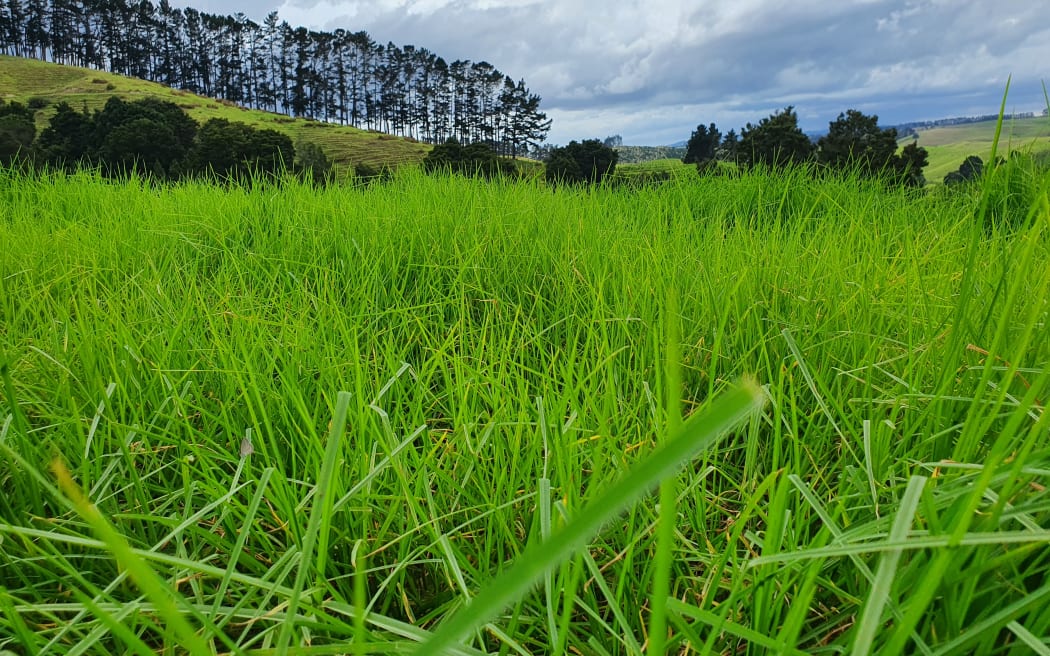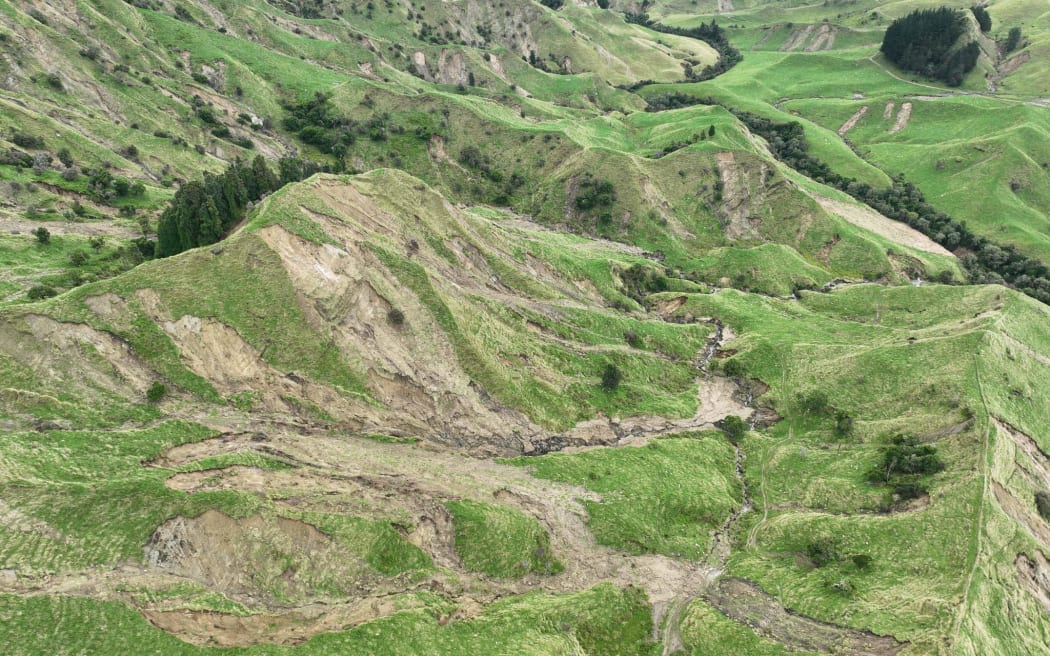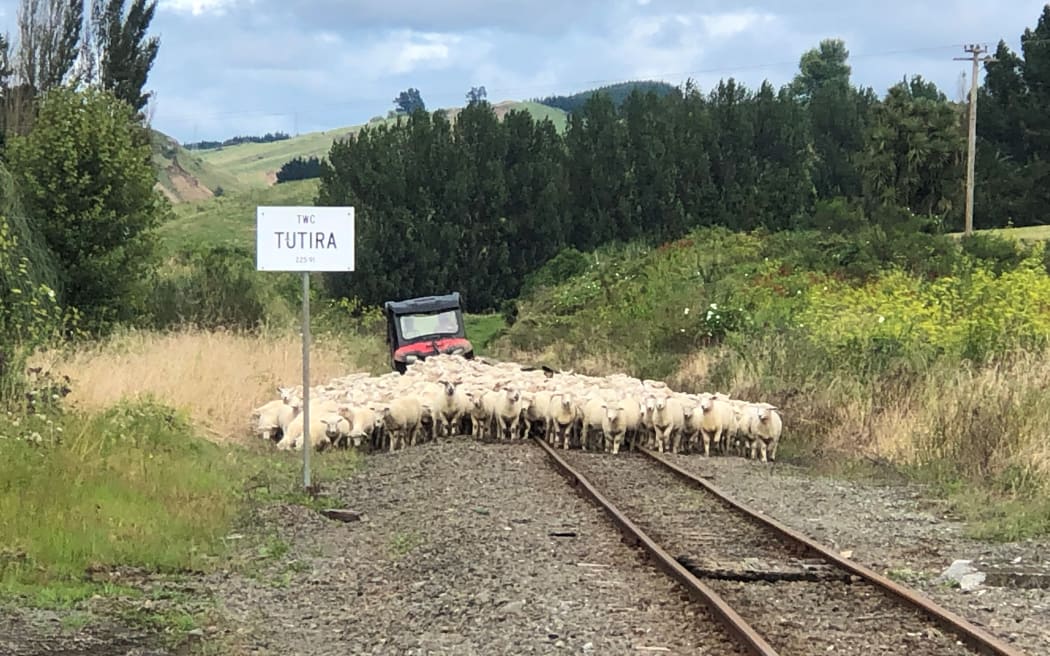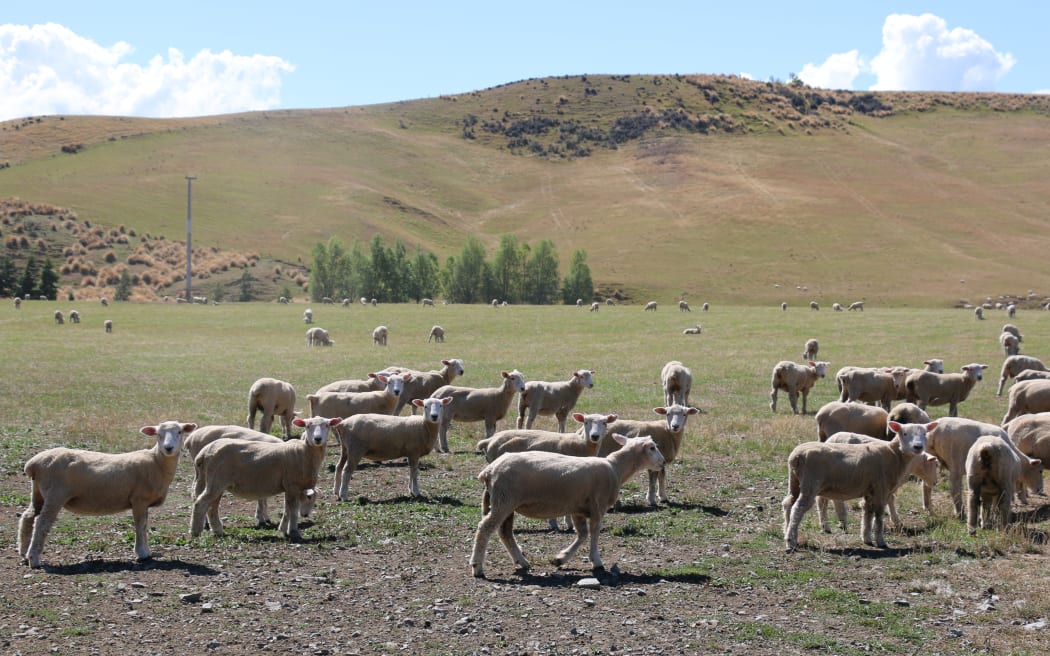The effects of cyclones are still being felt, while the added rain in summer has grass growing berserk across the North Island. However, the south could do with a bit more and supplementary feed is being dished out to stock.
People in low lying areas of Northland are having a tough time after Cyclone Gabrielle. Those in the Bay of Islands are feeling luckier, yet wonder if worse is to come as the roads in and out of the region are now a maize of detours. Our contact says farmers are helping farmers in a way that hasn't been seen for quite a few years. There's plenty of feed around but concern is growing about kikuyu grass. Cattle are going out into nearly two foot of kikuyu pasture ... as it gets colder and with El Nino possibly on the horizon, the grass will become dormant, rot, and stop rye grass from growing through.

Kikuyu grass is growing like mad in Northand Photo: Carol Stiles
March has finally brought with it some fine weather in Pukekohe. Outdoor growers are finally trying to get back on track with their cropping programme but green leafy crops and potatoes have been lost due to flooding and issues with quality. Mature kiwifruit vines have also died due to prolonged water logging. Earthmoving machines have become a common sight as storm water-damaged fields are restored. It would be an understatement to say growers have had a hard time this season.
Farmers in Waikato can't believe they're saying this in summer, but finally there is no rain in the forecast. It feels like spring has sprung. Grass is going berserk after it's been too wet underfoot for much of anything. Cows have lost a bit of weight in the last month due to feed quality after the rain but they're fine all in all, with monthly milk production 25 per cent above target.
In Bay of Plenty red kiwifruit is being picked, early green crops are on track for picking next week and gold is following close behind. While the Bay of Plenty was among regions which suffered the wrath of Gabrielle, there is fruit around. And now the sun has come out, fruit growers are praying it sticks around as dry matter is down on previous years. It means the fruit isn't as sweet. Vines are growing like hell costing growers more in summer pruning, although there haven't been many days to do the work, despite having more labour this year.
Fog early morning in King Country is a sure sign temperatures are starting to head down but hot sunny days in the last week have people in high spirits. There is so much grass around, it's not funny. It's setting up farmers really nicely for the winter. There's quite a bit of fly strike around with the muggy weather. Lambs are doing alright, but would like a bit more sunshine and ewes are being flushed up as rams are looking to go into the paddock by the end of the month for mating. Some locals have headed out with spades, beers and steaks to help out their farming mates on the other side of the island and a fundraiser in National Park raised 30-odd thousand dollars to support cyclone-stricken folk.
Conditions in Taranaki are perfect for those autumn calving. The warmth with a bit of moisture is growing truck loads of green grass. Maize silage has been harvested this week, and people with summer crops have struggled to find a use for it as there's plenty of feed around.

Landslips on the hills of Kokopuru Station. Photo: Supplied / Max Tweedie
It's been blue skies and sunshine in Hawkes Bay the past couple of days after another round of wet. Some vineyards are covered in six feet of silt and most likely destroyed but, those that can, have started harvesting this week, a few weeks behind when they would normally start. A grower says the damage has been hard for everyone to cope with but what has shone through is people's efforts to help one another. He says industries have their arms around those on the ground ... and it's important that support carries on over the next few months.

Farmers in rural areas of Hawke's Bay left isolated by Cyclone Gabrielle are worried for the welfare of their stock going into winter. Photo: Supplied / Chloe Hill
Autumn has arrived early in Manawatū. It's feeling like the start of April not the tail end of summer ... heavy dews, reasonably warm days, but cool nights. There's grass to burn so people are holding on to lambs to beef them up a bit and farms are milking every cow they can get their hands on. But you can feel that turn in the air and the long pants are coming out.
There is heaps of feed in Wairarapa too ... although the cyclone has badly affected more isolated parts of the region. Some farmers have the feed but can't put stock in the paddock due to slips littering the landscape. Ewes and hoggets are finding themselves in the same paddocks and rams need watching in case they muscle their way into the wrong paddock too as it's still a month away from mating. The wet is causing concern for those wanting to put winter crops in and we've heard on the grapevine that all this rain is worrying viticulturalists but not necessarily winemakers ... those dealing with grapes which have seen too much rain have some options up their sleeve to deal with botrytis.
Nelson is in the middle of fruit picking. Apples and pears are clean and a decent size thanks to thinning. The weather has been warm and stable in the region over summer and irrigation has hardly been touched which keeps the electricity bill down. Hassles around staffing, though, has some growers walking in circles as productivity isn't always up to scratch.
The West Coast is still hot and dry. Rain that was meant to arrive in the week fizzled out before it got to the coast. Things are green but not growing a hell of a lot. Deer velvet production has been down a bit and the joy of waiting for harvesting contractors continues.
There was good rain in Canterbury last week which has set up dryland winter feed crops. The cereal harvest is about 80 per cent complete, grass seed is all but done and only late crops such as hybrid radish, red clover and carrot seed still to go. Reports so far are that yields have been good which will hopefully make up for the very poor harvest last year.
A bit of rain in South Otago came in the nick of time, but farmers are looking for more. Supplementary feed is out but grass is what they want. It's just like a hairdrier out there and there are many people booking in feed for leaner times ahead. It's not panic mode yet ... just a watch and see situation.
Sixty millimetres of rain in Central Otago last week and another scatter this week have been enough to kick things away. Paddocks were looking quite dry with no appreciable rain this year. Summer crops were also struggling but a bit of rain has seen them perk up.

If you dig down it's dry as a bone in Southland Photo: RNZ/Cosmo Kentish-Barnes
Parts of Southland are drier than others. It's a green drought in the south-east. Top soil is thick so the grass appears green, yet it's hardly growing and if you dig down it's dry as a bone. One saving grace is there is not a lot of wind. Silage pits are open and baleage is being fed out while early culling is also taking place. Store lambs are also moving out of Southland months earlier than usual.

